The widespread enthusiasm for exotic animals has led to the fact that many species of tropical cockroaches have become not only “pets”, but also food for other exotics. The Argentine cockroach is ideal as a feed for many reptiles, especially the lizards of the eublefar family. Insects breed well in captivity and are not very demanding on the conditions of detention.
View description
The Latin name for the Argentine cockroach is Blaptica dubia. Due to its habitat and color, the insect has several more names:
- Guyanese;
- argentine woody;
- orange spotted.
The latter name may seem strange, since it is usually insects of a dark color, but there are reasons for this.
Appearance
An Argentine tree cockroach is a medium-sized insect among its brethren. The body length of representatives of this species is 40 - 45 mm. The color can be from dark brown to black with transverse stripes of orange. The stripes are so weakly expressed that they can be seen only in bright light. Over these stripes, the type of blaptic dubia was called “orange-spotted”. Young animals have much brighter stripes than adults. Depending on the diet and habitat, color in different populations may vary.
- The size
- Male
- Female
Argentinean forest cockroach has well-developed sexual dimorphism. It is impossible to confuse the male with the female even in the dark by touch. The male is thinner and graceful, with long wings covering the whole body. The female is wide-bodied, and only vestiges remain from the wings.
Interesting!
The view is not adapted for movement on vertical surfaces. This feature allows you to keep cockroaches in ordinary plastic containers without fear of escape. Sometimes cases were recorded when the youngsters could still hold out for a short time on a vertical wall covered with latex.
Habitat
The birthplace of the Argentinean cockroach is the tropical forests of America. Blaptic dubia is found in Central and South America from Costa Rica to Argentina.
Habitat
Insects live in forest litter. Young growth is prone to bury itself in the substrate. Adults are less inclined to such a pastime.
The optimum air temperature for this species is in the range of +24 - 35 ° С. In colder air, an Argentinean forest cockroach does not die, but will not multiply already at temperatures below + 20 ° C.
On a note!
Argentine insects are less sensitive to moisture than others. types of cockroaches. Larvae require 65% moisture, adults 50%. But with too low humidity, nymphs will be difficult to molt.
Diet
In nature, blaptic dubia is a fruit-eating insect that eats juicy fruits. It avoids eating meat or excrement from other animals, although it requires protein feed additives in captivity. This species is especially fond of semi-sweet plants.
Life cycle
Argentine cockroaches are an ovoviviparous species. A female mates only once in her life. The seed material of the first male prevents further mating.
- Development cycle
- Pairing
- Breeding
The term that a female carries offspring depends on temperature and humidity.In the "familiar" tropical conditions, this time is 28 days. When kept at home, the gestation period of one masonry can stretch up to 68 days. At one time, the female produces 25-30 nymphs 2 mm long.
Development nymphs until the imago lasts 6 to 7 months. During this time, the nymph molt 7 times. After each molt, the pronotum increases by 25%. Life expectancy of adults is 1 to 2 years.
Breeding and maintenance
There are few people who want to contain insects as pets compared to lovers of other animals. The content of Argentinean cockroaches at home is not particularly difficult.
Blapticia Dubia is unpretentious, but what is the point of arranging an insectarium without making it pleasing to the eye. To simulate the natural environment, it is recommended to lay coconut fiber as a substrate. This material absorbs water well and stays moist for a long time. But cleaning for cockroaches in the presence of litter is quite complicated. Pets also need individual territory. The living area on a cockroach in insectarium should be at least 20 cm².
Pragmatic reptile owners who breed Argentine cockroaches to feed their pets are easier to do. Insects breed well in ordinary plastic containers with paper egg trays instead of substrate.
- Males
- Breeding
- Argentinean
Males fly very reluctantly, but the opportunity cockroach flight not excluded. For this reason, containers should be with lids. It is possible to provide good ventilation in containers if you make many holes in the lid.
For successful breeding of Argentinean cockroaches, it is enough to provide them with an air temperature of + 30 ° C, a humidity of 60% and shelters. You can control the rate of reproduction by lowering the air temperature.
On a note!
Insects do not carry dangers to humans. Even if someone manages to escape from the insectarium, a cold climate will prevent the cockroach from surviving.
Cockroach feeding
In nature, insects themselves determine what they eat. When breeding cockroaches to feed other animals, they are fed with juicy fruits:
- papaya
- apples
- carrots;
- mango;
- avocado;
- bananas
- strawberries
- milk corn;
- other fruits containing a lot of juice.
With this feeding scheme, cockroaches do not need water to drink. You can give tomatoes, but this is an amateur among insects. Argentinean cockroaches eat potatoes and sweet potato very reluctantly.
Blaptica dubia in captivity is an almost omnivorous species. Insects will eat even soaked pasta and any cereal products. But the grain must be "diluted" with fruit.
From protein supplements give:
- dry cat or dog food made on the basis of grain;
- dry gammarus;
- food for crested geckos;
- food for bearded dragons.
Often you can’t give these dressings, especially when breeding Argentine cockroaches for reptile food. Excess protein in the diet causes gout and pestilence in the cockroach colony, and can also lead to the death of the reptile, as its live food will contain excess protein.
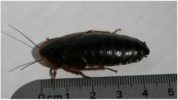
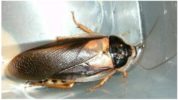
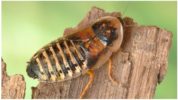
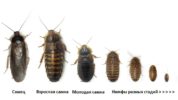
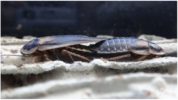
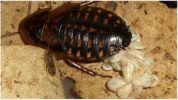
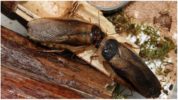
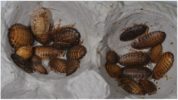
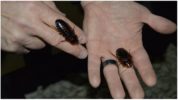
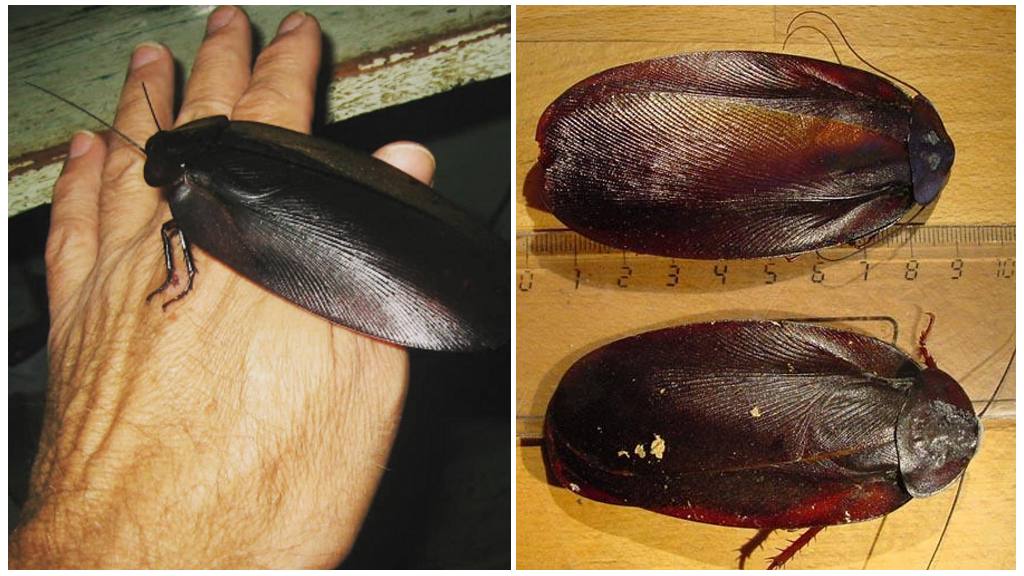
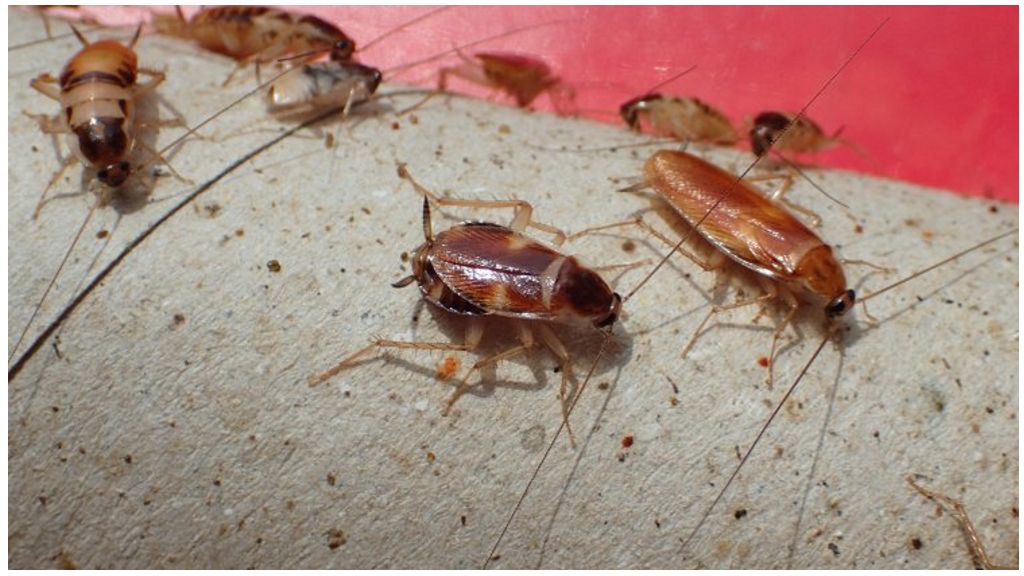
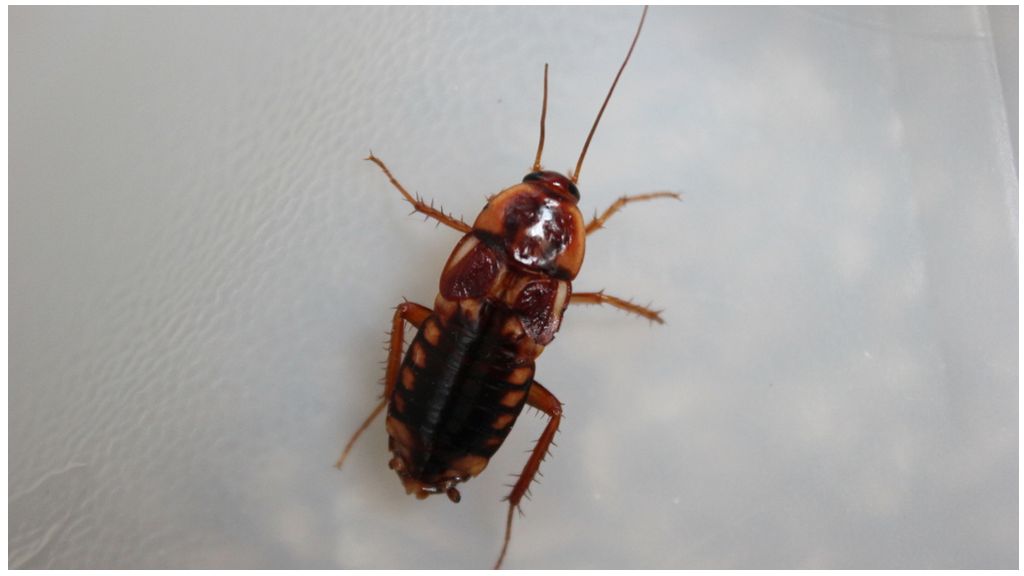
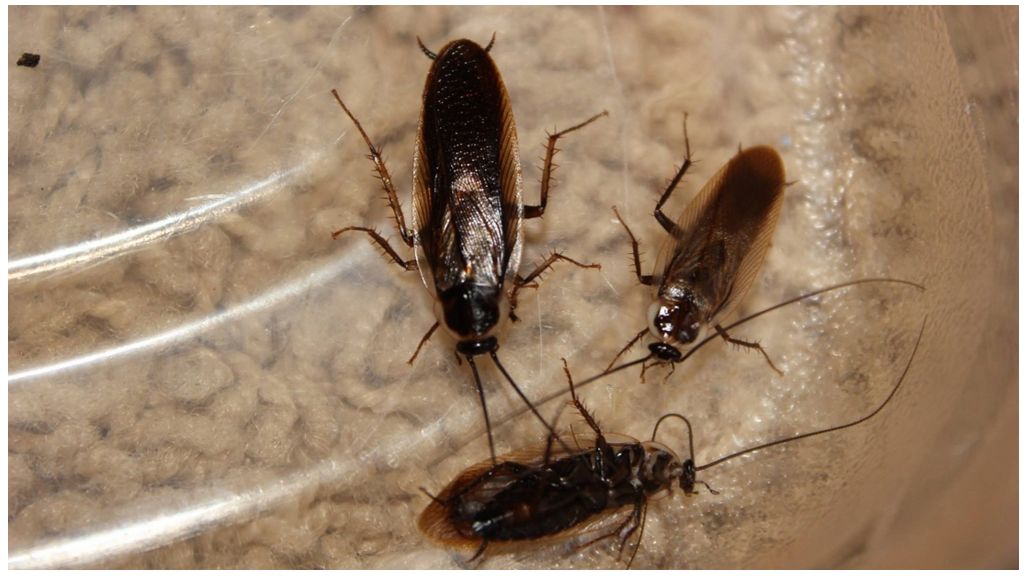
He bred Turkmen and marble, but the Argentine has not yet happened. Must definitely try.